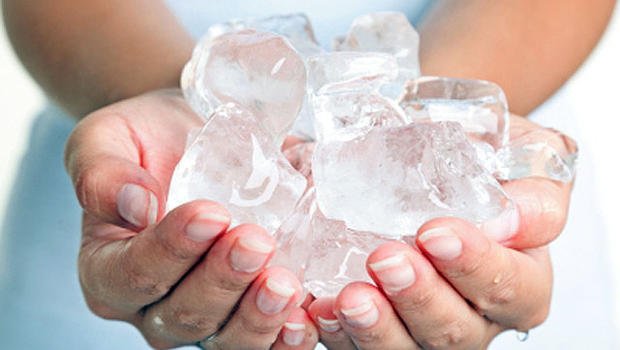Raynaud’s disease

Description
Raynaud’s disease is a disease characterized by numbness and coldness of certain parts of the body such as the fingers and toes, the tip of the nose and the ears in response to low external temperatures and stress.
In this disease, the smaller arteries through which blood reaches the skin are narrowed, and this leads to a limitation of blood circulation to these areas.
Women are more likely to suffer from this disease and it is more common in people living in colder climates.
Treatment depends on the severity of the disease and whether the affected person has any other health conditions.
For most people, this disease is simply an inconvenience and is not perceived as a serious health problem.
What are the symptoms?
The disease is more than cold hands and feet and has nothing to do with frostbite. Signs and symptoms depend on the frequency, duration, and severity of the blood vessel spasms that underlie the disease. The most common symptoms are:
• Cold fingers and toes;
• Sequential changes in skin color, as a reaction to cold or stress;
• Numbness and stinging sensation when warmed up or relieved from stress;
p>
In a Raynaud’s attack, the affected areas of skin usually turn pale or turn completely white initially. After that, the areas affected by the attack often turn blue, cold and numb to the touch.
When blood circulation begins to improve, the affected areas of skin will pulsate, redden, itch and swell.
Sometimes the attack affects only one or both fingers or toes and does not necessarily always affect the same fingers. The disease can also affect other parts of the body such as the nose, lips, ears and even the nipples. An attack can last from less than 1 minute to several hours.
When should you seek medical attention?
See a doctor if you have previously had severe flare-ups and an ulcer or infection develops on one of the affected fingers or toes.< /p>
What are the reasons?
Scientists don’t fully understand what causes Raynaud’s attacks, but the blood vessels in the arms and legs overreact to cold temperatures or stress:
• Cold temperatures – when the body is exposed to such conditions, your extremities lose heat. Your body restricts blood flow to your fingers and toes to maintain the temperature inside your body. It reduces blood flow by narrowing the small arteries under the skin of the limbs. In people with this disease, this normal reaction is too strong.
• Stress – causes a cold-like reaction;
Treatment of Raynaud’s disease
In most milder cases, wearing arm bandages, gloves, or thick socks will usually help control the milder symptoms. But if these preventive measures are not effective, drug therapy is prescribed.
To reduce the frequency and intensity of attacks you can do the following:
• Stop smoking – smoking leads to a decrease in skin temperature, which leads to constriction of blood vessels, which can trigger an attack;
• Moderate physical activity< /strong> – your doctor will recommend that you exercise regularly. Exercise will improve your blood circulation and your overall health;
• Control stress – as it is possible that constant stressful situations can trigger the disease.



